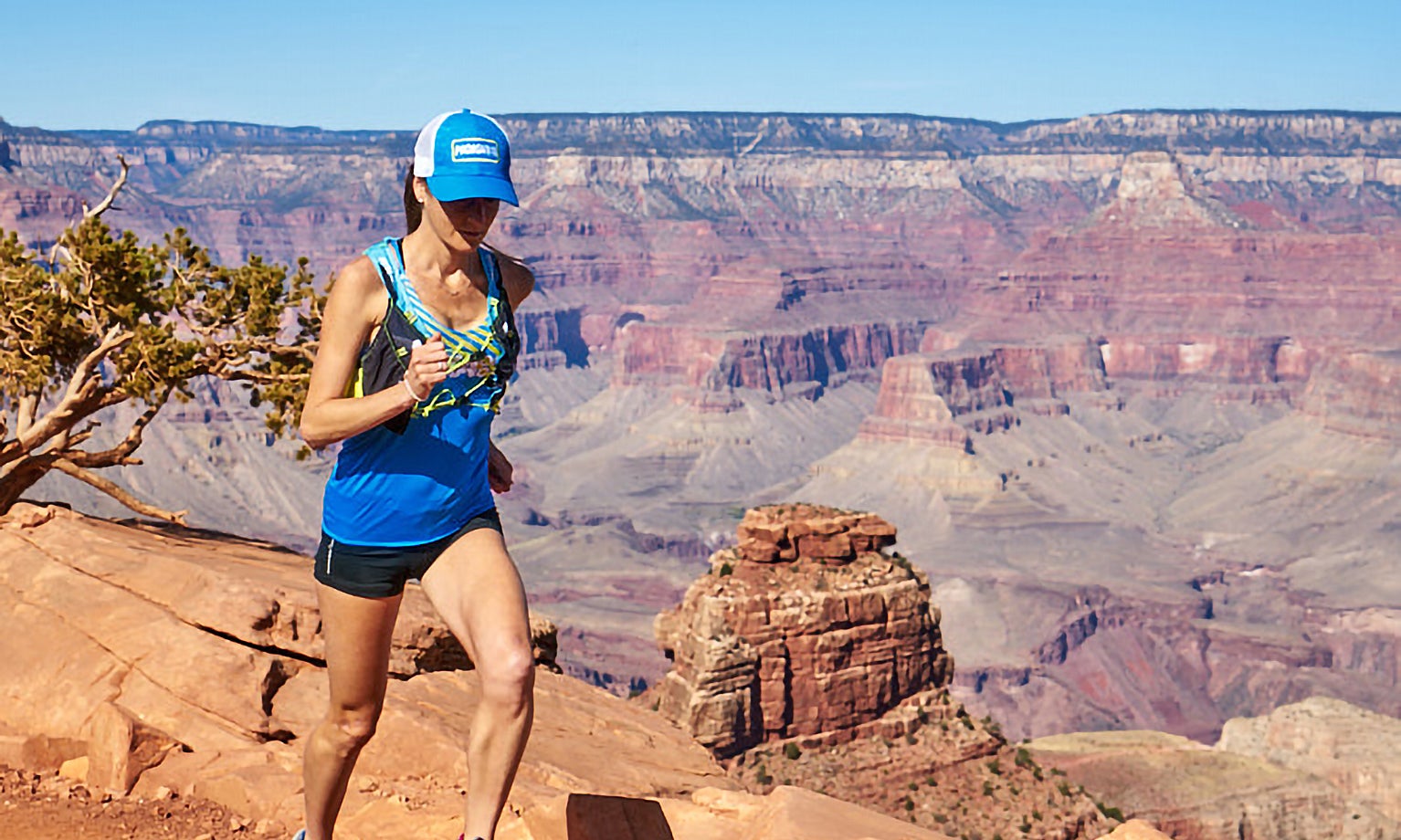Running Trails? Don't Miss These 4 Must-Know Safety Tips

Forget the roads—the mountains are calling! While trail running can be a truly transformative experience (hello, breathtaking views!), it can also be risky. Our friends at Womensrunning.com chatted with champion trail runner and coach Alicia Vargo, 36, about staying safe on the trails—and what to know before you venture out.
RELATED: What To Do If A Dog Chases You
Find Your Route
Ask any trail runner, and they’ll tell you the beauty of the sport is being able to throw yourself into nature without worrying about where you’re going—or what pace you’re hitting. But if you’re hoping for smooth and fast trails and run into a steep, rocky climb, you risk injury or exhaustion, which is why Vargo stresses studying the trails and their terrain before you take off. “I go to sites like Strava or AllTrails, where I can look at the distance, the terrain, and see if the trail is technical, which means it could take twice as long,” she says. An even better option? Chat with runners who know the trails well and ask for route suggestions.
Don’t Get Lost
Even if your navigational skills are top-notch, it can still be tricky to stay on course when trails split or all of the terrain starts looking the same to you. “Trails are usually part of a web or a system of trails,” says Vargo, who adds that she can easily get lost on her own hometown routes in Flagstaff, Ariz. “It can be really confusing, especially if you don’t know the area.”
So how can you keep your wits about you in the woods? Vargo says it’s all about tapping into technology. While you’re still at home, download a map of the trail on your phone so that you can access it even if you don’t have cell service. Vargo also turns on the beacon function on the Strava app on her phone, which allows her husband or friends to track her run in real time (and offers a map of the location she’s in). She wears a GPS watch that can give her turn-by-turn directions back to her starting point. “It sounds like a lot, but these tools keep me confident that I won’t get lost, and if I do, I can figure it out on my own,” Vargo says.
Grab A Partner
Exploring trails is more fun with a friend, not to mention that there’s safety in numbers—
especially on more remote routes. If you’re running solo, Vargo stresses that you should stick to popular trails where other people will be around to offer help if you need it. Or take a four-legged friend, like Vargo does. “I’ve only had a couple of scary moments with men on the trails,” she says. “For one of those, my dog protected me, ripped the guy’s pants and stunned him long enough for me to run away. He messed with the wrong gal and pup!”
Be Aware Of Animals
While running near her home in Flagstaff, Vargo watches out for bears and mountain lions. In lower elevation, she’s run into rattlesnakes, aggressive wild pigs and the venomous gila monster. While the wildlife may not be as diverse (or scary) in your neck of the woods, it’s still important to stay alert—and ready. “It’s hard to avoid wildlife encounters, but it is good to know how to decrease the risk,” says Vargo, who always runs with bear mace and a whistle to scare off potential predators (both of the human and animal variety). “Animals are part of nature and would never deter me from trail running.”